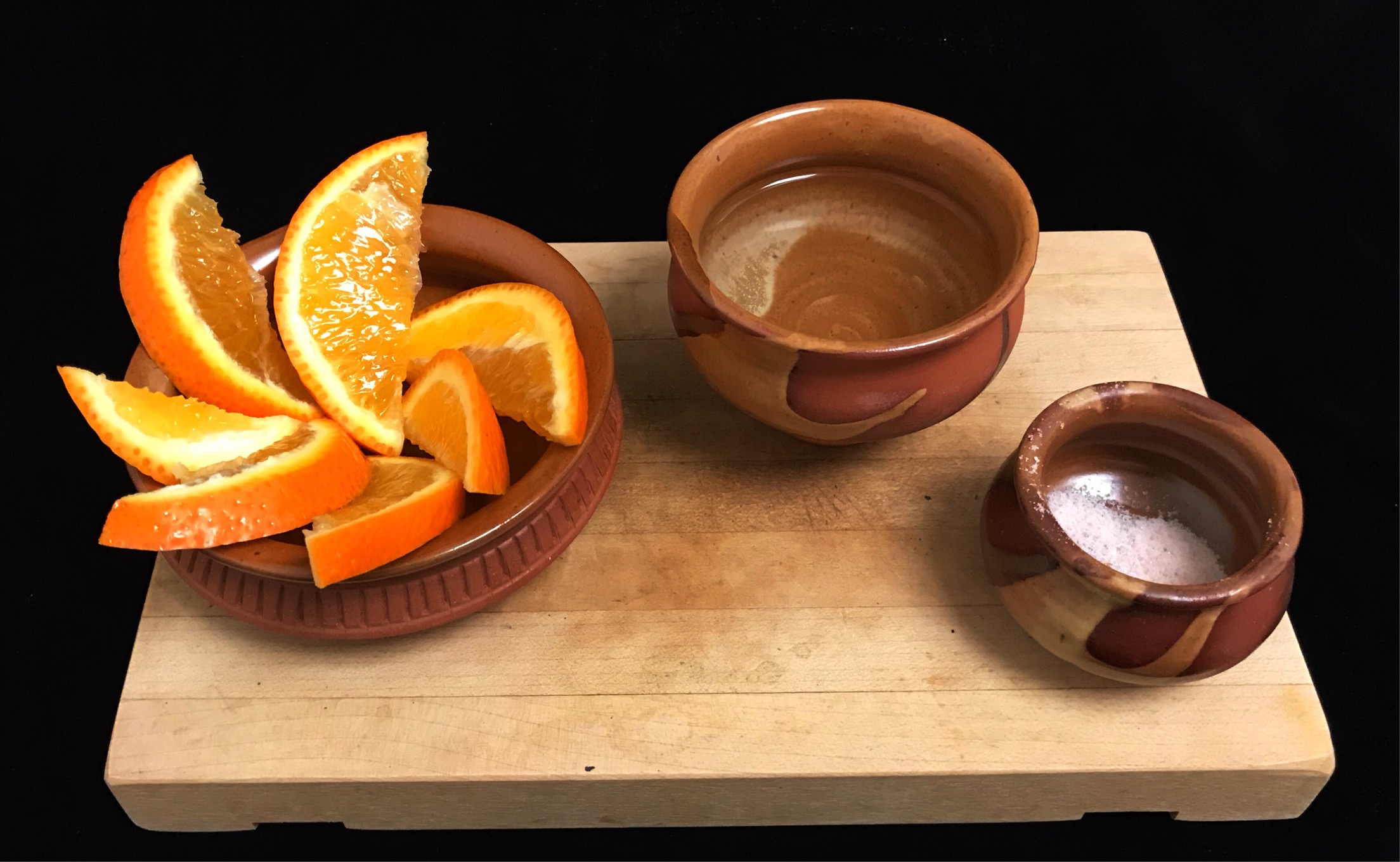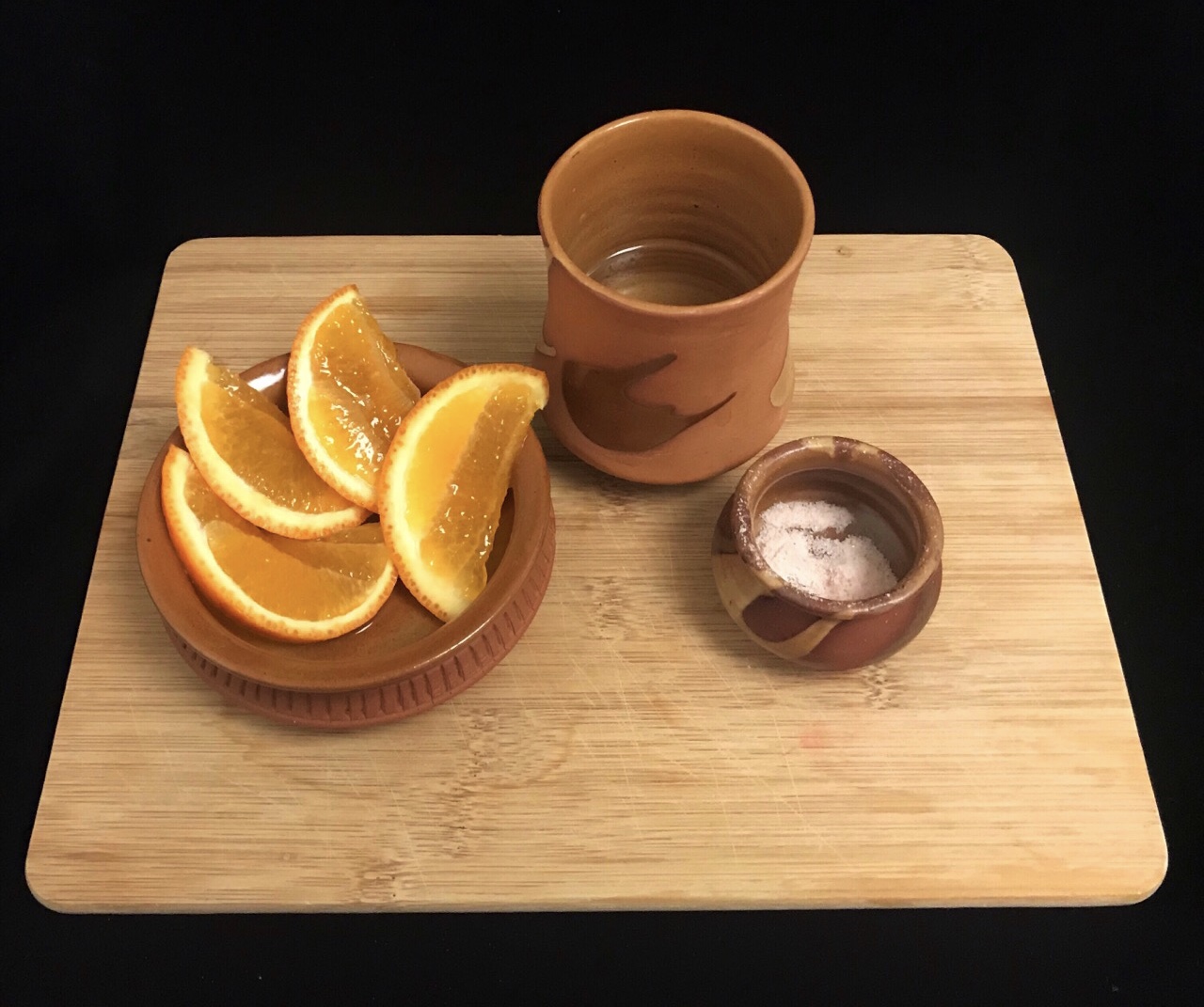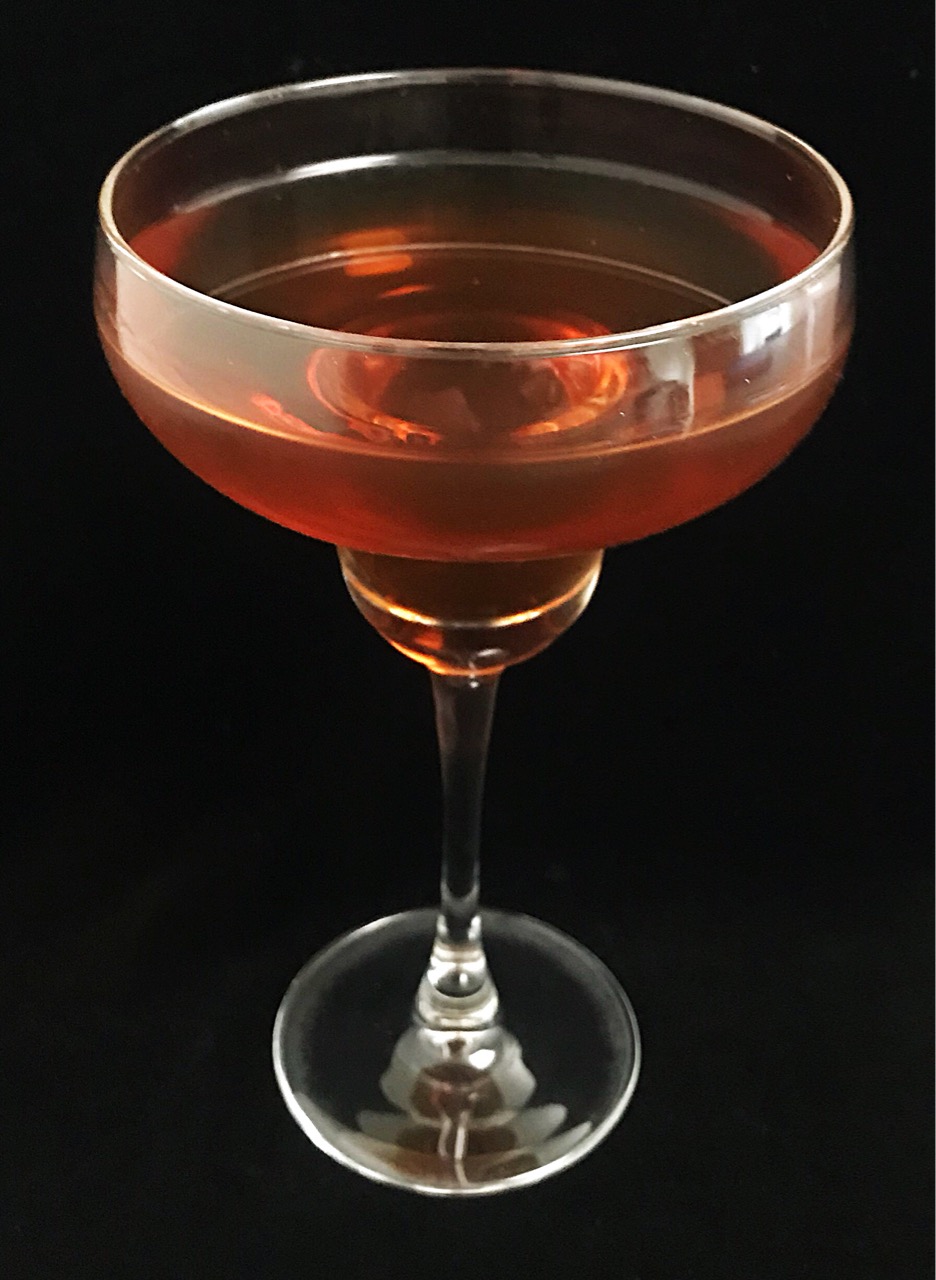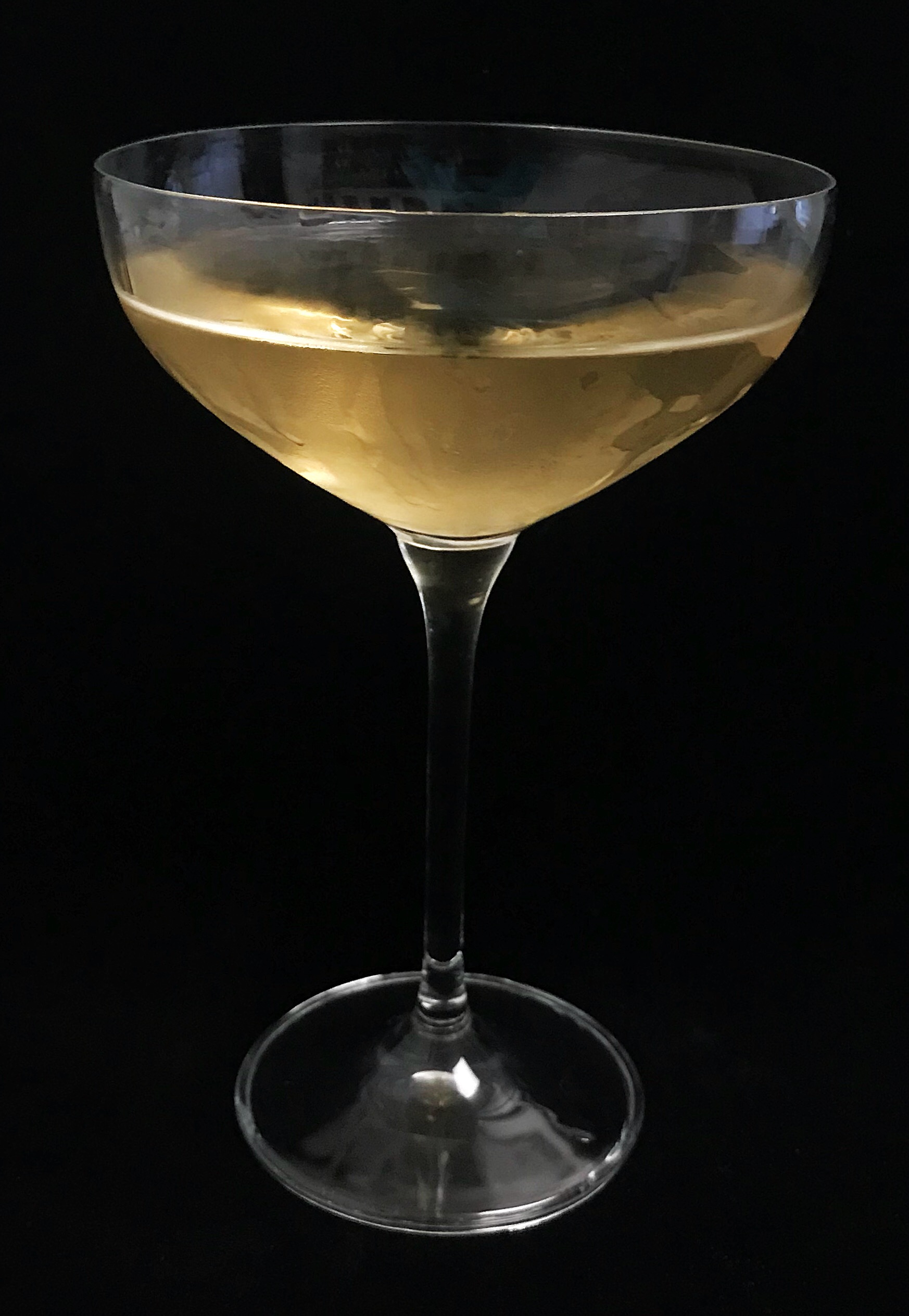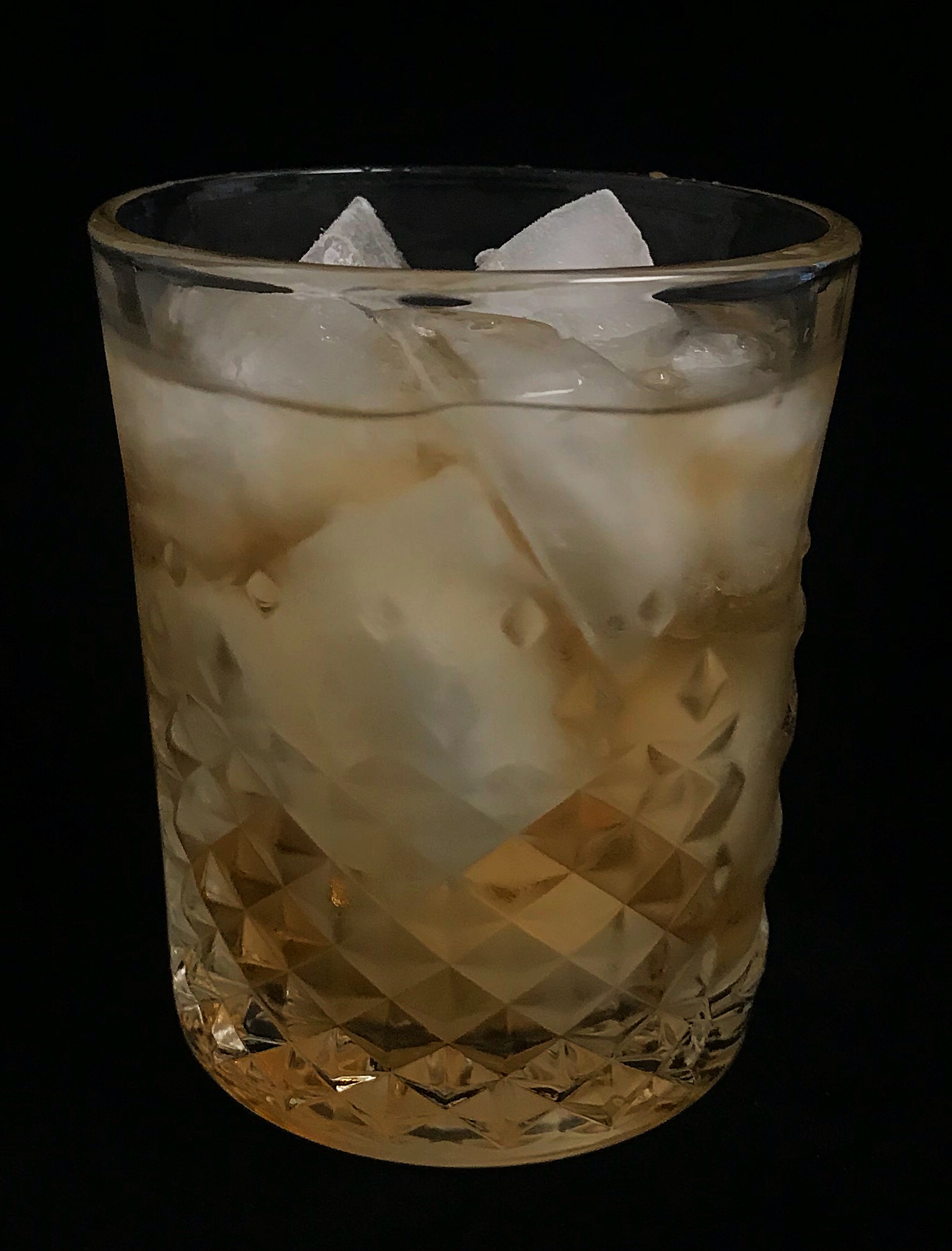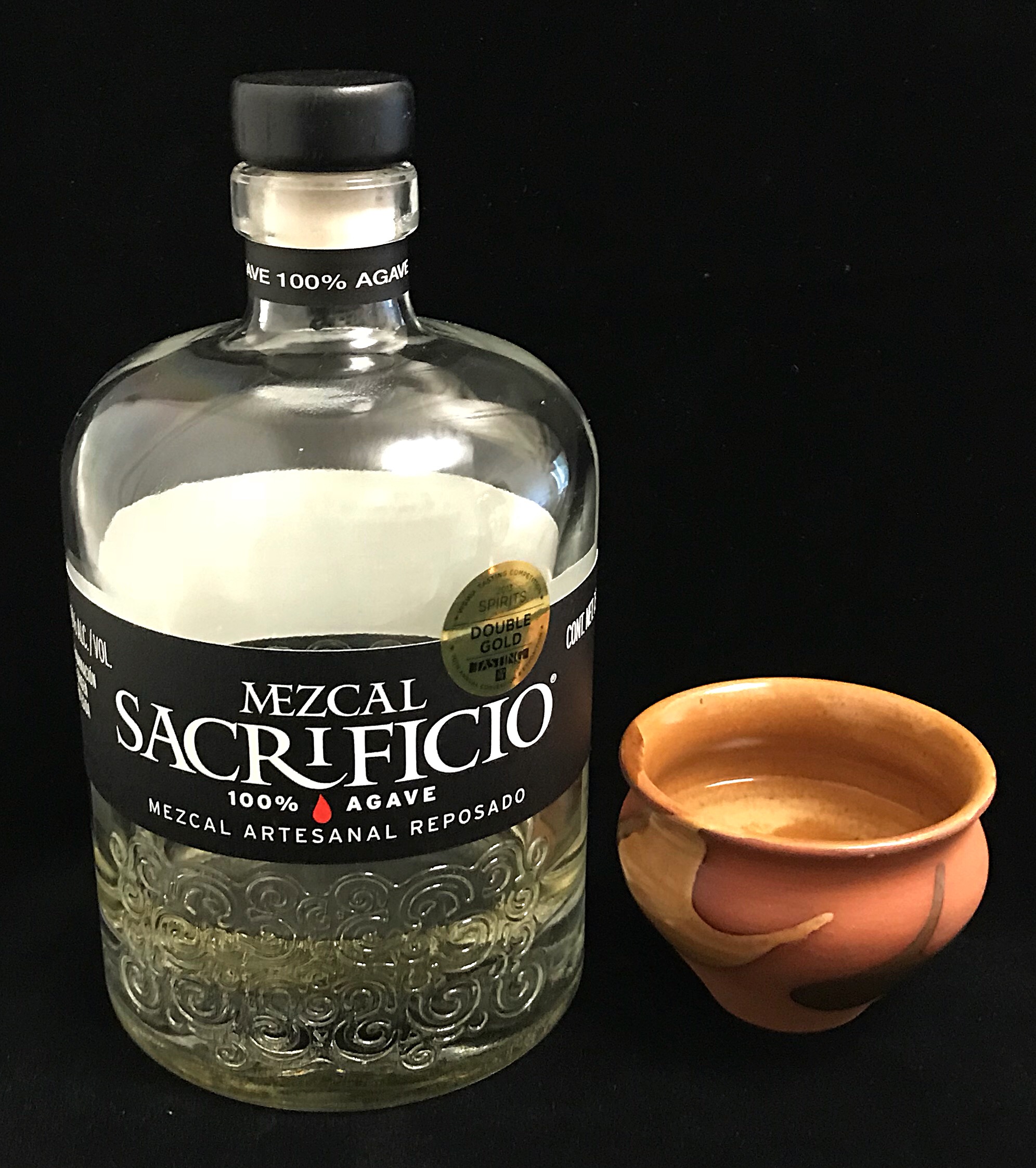Region: This Mezcal, like the previous one I had reviewed is also from the Oaxaca state. Specifically in Del Maguey distillery in the village of San Luis Del Rio. This mezcal production was started in this distillery back in 1995 – however, this particular bottle launched about 8 years back.
Agave: This is 100% espadin (specifically anguvstifolia type). This particular espadin matures in 7-8 years – a couple of years earlier than the Sacrificio that I reviewed last time.
Roasting: The “pinas” of the espadin agave are slashed and then roasted in underground pits. Different types of wood is used to burn the fire for 3-8 days.
Smashing: The slushy pinas are then smashed partially by windmills and partially by horses pulling a big stone mill when the wind is not blowing. The fermentation itself takes a week to 10 days.
Distilling: The resulting liquid and some amount of the fiber is then distilled. If you remember, all mezcals have to be distilled twice. Vida mezcal is distilled in copper stills heated by burning wood both the times.
This mezcal is then diluted (for the purpose of exporting – Sazerac imports it into America), to bring the ABV down to 42%
This is my second full bottle of mezcal. This appealed less to me than the previous one. I am still a novice in the mezcal arena. But the earthy tones and the smokey nose was less pronounced. In fairness, this is not reposado and therefore is not aged (traditional mezcal is NOT aged).
Clear in color, the liquid has a earthy nose and to the palate, the typical mezcal smokiness is immediately noticeable. It also has some faint traces of wood and spice. The finish was long (longer than the Sacrificio)




